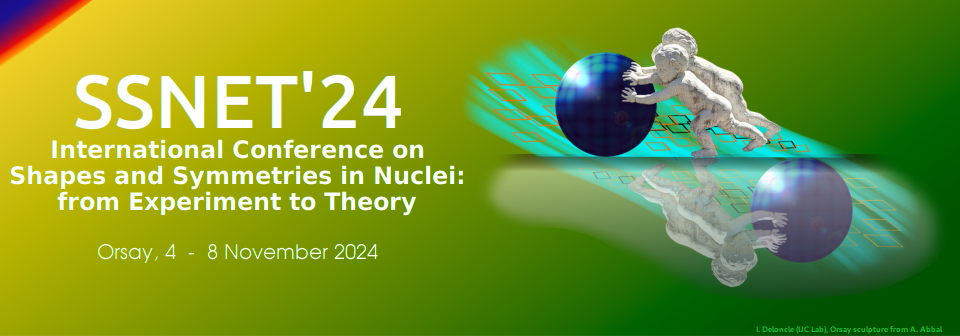Orateur
Description
In 2021, the MAJORANA DEMONSTRATOR experiment concluded its investigation into neutrinoless double beta decay involving $^{76}$Ge. Proven to be one of the world's ultra-low-background facilities, we adapted the apparatus to explore the rare decay of a distinct isotope. Notably, in nature $^{180m}$Ta stands as the sole known isotope existing in an isomeric state rather than the ground state. This unobserved isomeric decay is hindered by spin suppression. However, measuring its rate will provide insight into the strength of its production, for example, through neutrino-induced reactions. Beyond understanding the underlying mechanisms of the decay this exceptional state the measurement of the decay rate holds potential of probing dark matter through stimulated decay as an addition to ton-scale sized detectors. To this end, we introduced Ta samples amidst the Ge detectors, capitalizing on the deep-underground ultra-low background environment, the exceptional resolution of the MAJORANA detectors, and established analytical methodologies to search for both, the nuclear decay and potential DM-induced emissions. The first year of data was dominated by backgrounds from surface activation yet still was able to set world-leading limits. I plan to present the findings from our latest data collection and discuss their implications for the dark sector.
This material is supported by the U.S. Department of Energy, Office of Science, Office of Nuclear Physics, the Particle Astrophysics and Nuclear Physics Programs of the National Science Foundation, and the Sanford Underground Research Facility. We acknowledge the support of the U.S. Department of Energy through the LANL/LDRD Program.

